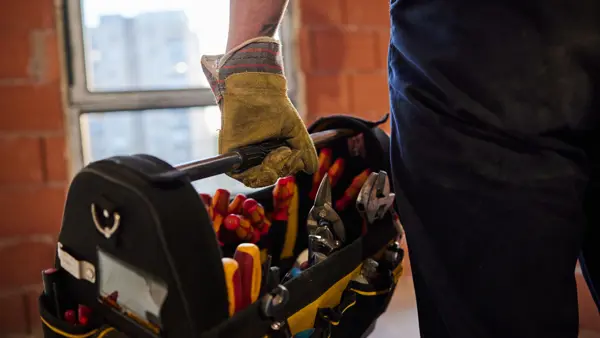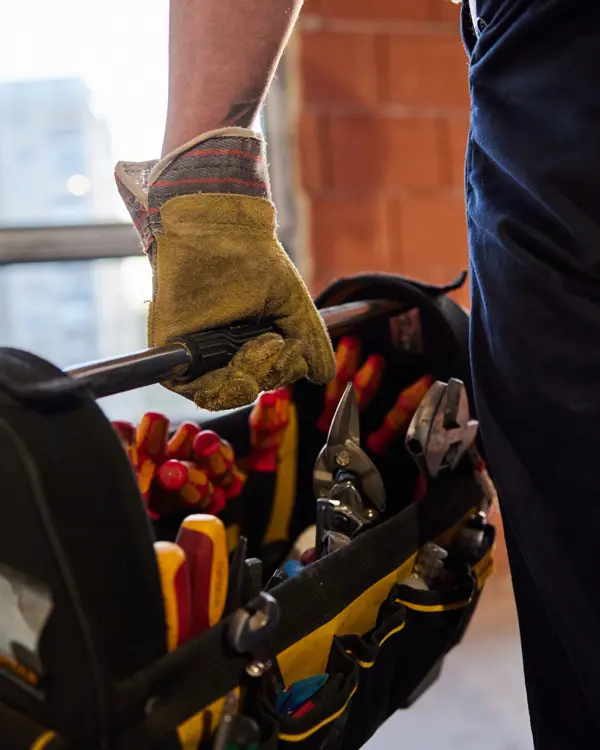Case Study - Kingston upon Thames RBC
Before, during and now post-pan-demic, Kingston upon Thames RBC has been pioneering the use of Internet of Things (IoT) technology, artificial intelligence, robotic process automation and even augmented reality, explains chief executive Ian Thomas.
“Kingston has primarily focused its initial deployments of IoT trials around understanding how people are returning to work and for social and leisure activities. This is because it appears widely accepted the population is reluctant to use public transport and, hence, there has been a spike in car usage, with its associated traffic congestion and air quality implications,” he says.
Sensor-based trials have focused on obtaining baseline data on things such as social distancing, traffic use, air quality, use of cycle routes and the riversides during this year’s lockdown. This has then been reviewed as resident and business activity has picked up.
“A very important element for the council to understand is how often and in what volume the public is returning to high streets within the borough and is there a potential social distancing problem growing that needs to be addressed?” Mr Thomas says.
In addition, sensors have been deployed to assist in flood prevention monitoring (including monitoring of gullies and culverts) and monitoring void properties.
Pre-pandemic, the council trialled a so-called ‘bot squad’, or autonomous robots, to streamline social care work. Three bots, ‘Clive’ (Clever Little Intelligent Versatile and Economical), ‘Posh’ and ‘Ginty’ were used to process hospital discharge notices more efficiently in conjunction with Kingston Hospital and perform complex data migration to aid assessment of need.
“This stopped the morning delays, as the backlog from overnight was entered and freed up staff to meet other demands. The bot served its purpose, solving a problem quickly. In the longer term, we’ve changed the way we work with the NHS, with combined discharge teams, and have retired the bot, as it is no longer required,” says Mr Thomas.
More widely, the council is looking at innovations such as robotics, virtual reality, artificial intelligence and app-based smart technologies to support people in their daily living, especially those who need care at home. “This is an exciting journey and one we can’t wait to take with our staff and residents,” adds Mr Thomas.


